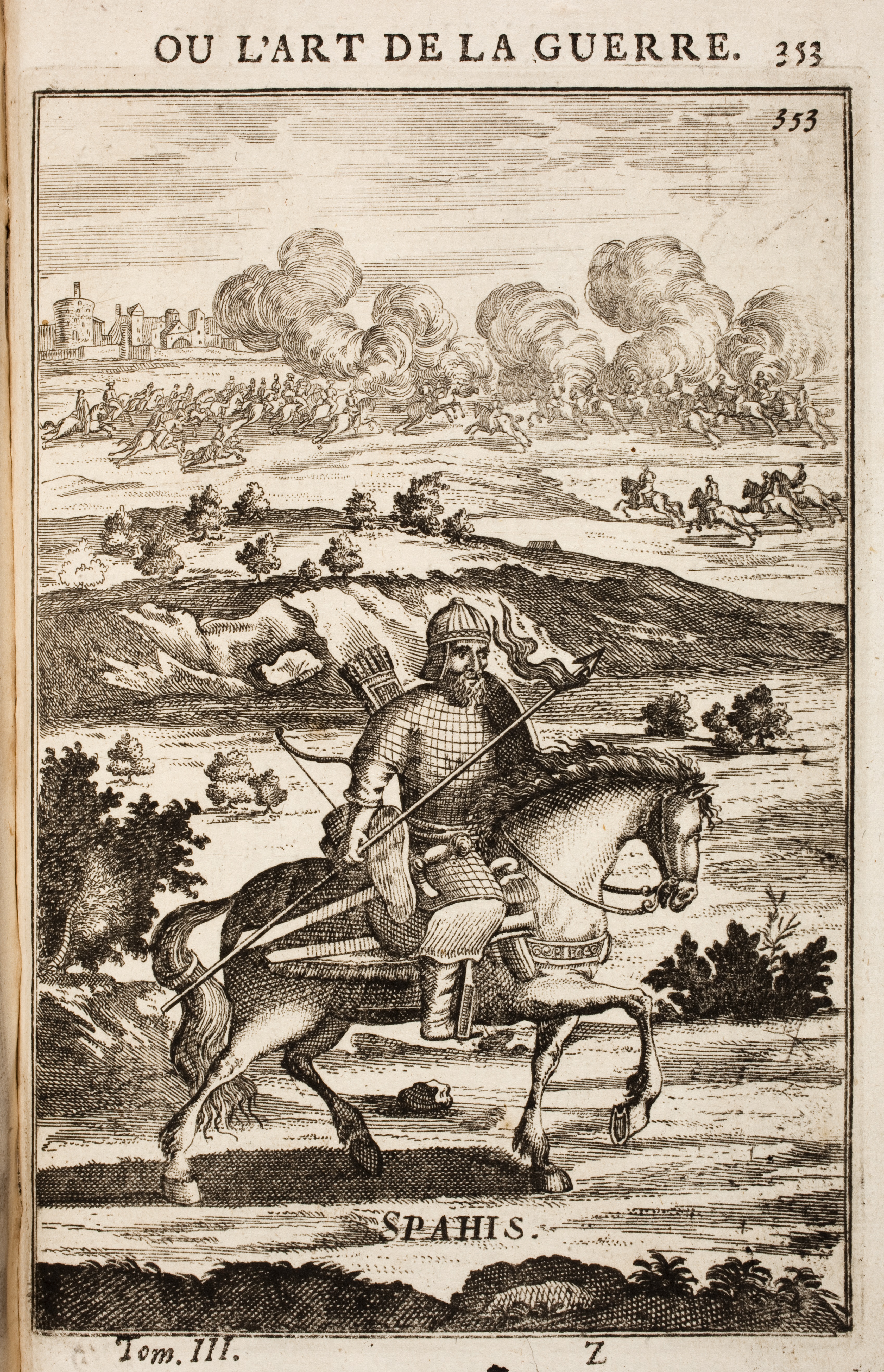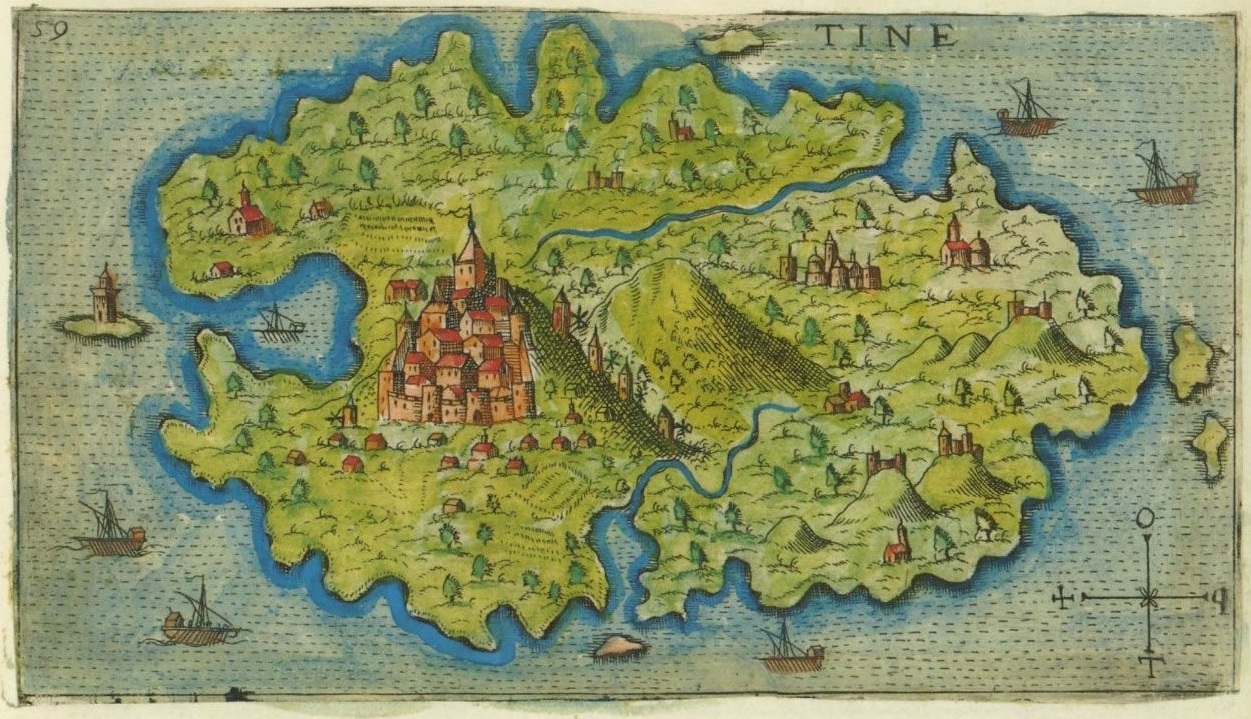|
Öküz Mehmed Pasha
"Öküz" Mehmed Pasha ("Mehmed Pasha the Ox"; died 23 December 1619), also known as Kara Mehmed Pasha ("the Black") or "Kul Kıran" Mehmed Pasha ("the Slavebreaker"), was an Ottoman statesman, administrator and military figure of the early 17th century who held the office of Grand Vizier twice, the first time from 17 October 1614 to 17 November 1616 (during the reign of Ahmed I) and the second time from 18 January 1619 to 23 December 1619 (during the reign of Osman II the Young).İsmail Hâmi Danişmend, Osmanlı Devlet Erkânı, Türkiye Yayınevi, İstanbul, 1971 (Turkish) He was also governor of Egypt from 1607 to 1611. Okuz Mehmed's nickname "Kul Kiran" (slavebreaker) came from his success in crushing the mutiny in Egypt during the early 1600s (soldiers were often known as kul or slave). Background He was of Turkish origin and was born in Karagümrük district of Istanbul. It is reported that his father was an ox blacksmith.Uzunçarşılı, İsmail Hakkı, (1954) ''Osmanl ... [...More Info...] [...Related Items...] OR: [Wikipedia] [Google] [Baidu] |
Kuşadası
Kuşadası () is a large resort town on Turkey's Aegean coast, and the center of the seaside district of the same name within Aydın Province. Kuşadası is south of İzmir, and about from Aydın. The municipality's primary industry is tourism. The mayor of the district is Oğuzhan Turan. Geography The city is situated along a gulf of the same name in the Aegean. The island of Güvercinada (in English: ''Pigeon Island'') is connected to mainland Kuşadası by a causeway, and is situated adjacent to the large hill of Kese Dağı near the center of town. It is located south of İzmir, the area's metropolitan centre, and approximately in driving distance from the provincial seat of Aydın, depending on the route taken. Its neighbours are Selçuk to the north, Germencik to the north-east, and Söke to the east and south. Demographics The district of Kuşadası had a total residential population of 121,493 in 2020, though the actual population is thought to ... [...More Info...] [...Related Items...] OR: [Wikipedia] [Google] [Baidu] |
Öküz Mehmed Pasha Caravanserai
The Öküz Mehmed Pasha Caravanserai ( tr, Öküz Mehmet Paşa Kervansarayı; ota, ALA-LC: ) is a caravanserai located in Kuşadası, Aydın Province, western Turkey, built by Ottoman statesman and military commander "Öküz" Mehmed Pasha (died 1619). After its renovation, the building is used as a hotel today. History The caravanserai was commissioned by Öküz Mehmed Pasha, who served as Governor of Ottoman Egypt and Grand Vizier. It was constructed between 1615 and 1618. Constructed in the form of a fortress to meet the needs of the time, the caravanserai was used as customshouse. The Directorate of Foundations started the renovation of the almost-ruined caravanserai in 1954 that continued until 1966. The cost of renovation totaled to 2.1 million (approx. US$0.21 million), not including the cost for nationalization of shanties on three sides of the ruined structure. Architecture The caravanserai is a two-story building with thick walls around a rectangular courty ... [...More Info...] [...Related Items...] OR: [Wikipedia] [Google] [Baidu] |
List Of Ottoman Governors Of Egypt
The Ottoman Empire's governors of Egypt from 1517 to 1805 were at various times known by different but synonymous titles, among them '' beylerbey'', viceroy, governor, governor-general, or, more generally, '' wāli''. Furthermore, the Ottoman sultans very often changed positions of their governors in rapid succession, leading to complex and long lists of incumbents (this being the main reason for a political crisis in 1623, where the local Ottoman soldiers successfully sued to keep Kara Mustafa Pasha as governor after his replacement by Çeşteci Ali Pasha after only one year). Governors ruled from the Cairo Citadel in Cairo. They ruled along with their divan (governmental council), consisting of a '' kadı'' (judge) and '' defterdar'' (treasurer). The title "'' beylerbey''" refers to the regular governors specifically appointed to the post by the Ottoman sultan, while the title "''kaymakam''", when used in the context of Ottoman Egypt, refers to an acting governor who ruled ... [...More Info...] [...Related Items...] OR: [Wikipedia] [Google] [Baidu] |
Tanta
Tanta ( ar, طنطا ' , ) is a city in Egypt with the country's fifth largest populated area and 658,798 inhabitants as of 2018. Tanta is located between Cairo and Alexandria: north of Cairo and southeast of Alexandria. The capital of Gharbia Governorate, it is a center for the cotton-ginning industry. One of the major railway lines goes through Tanta. Annual festivals are held in Tanta for one week beginning on 11 October celebrating the birthday of Ahmad al-Badawi, a revered Sufi figure of the 13th century, who founded the Badawiyya Tariqa in Egypt and is buried in Ahmad Al-Badawi Mosque, the main mosque of Tanta. Tanta is known for its ''sweet'' shops and roasted chickpeas. Overview The older name of the city is Tandata () which comes from its Coptic name. With its large cotton plantations, in 1856, Tanta became a stop on the railway network, primarily for the benefit of exporting its cotton to European markets. The area around Tanta was mostly fields but Tanta had gr ... [...More Info...] [...Related Items...] OR: [Wikipedia] [Google] [Baidu] |
Mamluk
Mamluk ( ar, مملوك, mamlūk (singular), , ''mamālīk'' (plural), translated as "one who is owned", meaning " slave", also transliterated as ''Mameluke'', ''mamluq'', ''mamluke'', ''mameluk'', ''mameluke'', ''mamaluke'', or ''marmeluke'') is a term most commonly referring to non-Arab, ethnically diverse (mostly Southern Russian, Turkic, Caucasian, Eastern and Southeastern European) slave-soldiers and freed slaves who were assigned military and administrative duties, serving the ruling Arab dynasties in the Muslim world. The most enduring Mamluk realm was the knightly military class in Egypt in the Middle Ages, which developed from the ranks of slave-soldiers. Originally the Mamluks were slaves of Turkic origin from the Eurasian Steppe, but the institution of military slavery spread to include Circassians, Abkhazians, Georgians,"Relations of the Georgian Mamluks of Egypt with Their Homeland in the Last Decades of the Eighteenth Century". Daniel Crecelius and Gotc ... [...More Info...] [...Related Items...] OR: [Wikipedia] [Google] [Baidu] |
Alexandria
Alexandria ( or ; ar, ٱلْإِسْكَنْدَرِيَّةُ ; grc-gre, Αλεξάνδρεια, Alexándria) is the second largest city in Egypt, and the largest city on the Mediterranean coast. Founded in by Alexander the Great, Alexandria grew rapidly and became a major centre of Hellenic civilisation, eventually replacing Memphis, in present-day Greater Cairo, as Egypt's capital. During the Hellenistic period, it was home to the Lighthouse of Alexandria, which ranked among the Seven Wonders of the Ancient World, as well as the storied Library of Alexandria. Today, the library is reincarnated in the disc-shaped, ultramodern Bibliotheca Alexandrina. Its 15th-century seafront Qaitbay Citadel is now a museum. Called the "Bride of the Mediterranean" by locals, Alexandria is a popular tourist destination and an important industrial centre due to its natural gas and oil pipelines from Suez. The city extends about along the northern coast of Egypt, and is the largest city ... [...More Info...] [...Related Items...] OR: [Wikipedia] [Google] [Baidu] |
Hadım Mehmed Pasha
Hadım Mehmed Pasha ( Turkish: ''Hadım Mehmet Paşa'') was a Georgianİsmail Hâmi Danişmend, ''Osmanlı Devlet Erkânı'', Türkiye Yayınevi, İstanbul, 1971, p. 32. Ottoman statesman. He was Grand Vizier of the Ottoman Empire between 21 September 1622 and 5 February 1623. He was also the Ottoman governor of Egypt from 1604 to 1605. See also * List of Ottoman Grand Viziers * List of Ottoman governors of Egypt The Ottoman Empire's governors of Egypt from 1517 to 1805 were at various times known by different but synonymous titles, among them '' beylerbey'', viceroy, governor, governor-general, or, more generally, '' wāli''. Furthermore, the Ottoman s ... References 17th-century Grand Viziers of the Ottoman Empire 17th-century Ottoman governors of Egypt Georgians from the Ottoman Empire Muslims from Georgia (country) Ottoman governors of Egypt Eunuchs from the Ottoman Empire {{Ottoman-bio-stub ... [...More Info...] [...Related Items...] OR: [Wikipedia] [Google] [Baidu] |
Sipahi
''Sipahi'' ( ota, سپاهی, translit=sipâhi, label=Persian, ) were professional cavalrymen deployed by the Seljuks, and later the Ottoman Empire, including the land grant-holding (''timar'') provincial '' timarli sipahi'', which constituted most of the army, and the salaried regular '' kapikulu sipahi'', or palace troops. However, the irregular light cavalry ("raiders") were not considered to be . The ''sipahi'' formed their own distinctive social classes and were rivals to the Janissaries, the elite infantry corps of the Sultan. It was also the title given to several cavalry units serving in the French and Italian colonial armies during the 19th and 20th centuries (see ). Name The word is derived from fa, سپاهی, translit=sepāhī, meaning "soldier". The term is also transliterated as and ; rendered in other languages as: in Albanian and Romanian, ''sepuh'' (սեպուհ) in Armenian, () in Greek, or in Serbo-Croatian, Bulgarian, and Macedonian (Cyrillic: ... [...More Info...] [...Related Items...] OR: [Wikipedia] [Google] [Baidu] |
Maktul Hacı Ibrahim Pasha
Ibrahim Pasha (also known as Hacı Ibrahim Pasha or Maktul Ibrahim Pasha or among his Arab subjects as Ibrahim Pasha al-Maqtul, ''Maktul'' meaning the Slain; died 24 September 1604) was an Ottoman statesman who served shortly as the governor of Egypt in 1604 before he was murdered by mutinying sepahi soldiers of the Ottoman Army. He also served as defterdar (finance minister) of the Ottoman Empire four times (1582–83, 1587–88, 1593–94, 1596). Background Ibrahim Pasha appears to have lived in Konya in his early life and been a dervish and a follower of the ascetic Muslim mystic Rumi. As such, he was sometimes known by the epithet " Sufi" by historians. He was also a kadı (judge) at some point in his life prior to becoming the four-time defterdar of the empire and governor of Egypt. Tenure as the governor of Egypt In 1604, sultan Ahmed I appointed Ibrahim Pasha as the governor of Egypt, Egypt then being the seat of the Egypt Eyalet of the Ottoman Empire. His office's ... [...More Info...] [...Related Items...] OR: [Wikipedia] [Google] [Baidu] |
Kösem Sultan
Kösem Sultan ( ota, كوسم سلطان, translit=;, 1589Baysun, M. Cavid, s.v. "Kösem Walide or Kösem Sultan" in ''The Encyclopaedia of Islam'' vol. V (1986), Brill, p. 272 " – 2 September 1651), also known as Mahpeyker SultanDouglas Arthur Howard, The official History of Turkey, Greenwood Press, , p. 195 ( fa, ماه پيكر;, ), was the chief consort and legal wife of the Ottoman Sultan Ahmed I, valide sultan as the mother of sultans Murad IV and Ibrahim, and ''büyük'' ("elder") valide sultan as the grandmother of Sultan Mehmed IV. She became one of the most powerful and influential women in Ottoman history, as well as a prominent and controversial figure during the period known as the Sultanate of Women. Born in Tinos, then part of the Republic of Venice, to a Greek Orthodox priest, she was kidnapped and sold as a slave in Bosnia before being sent to the imperial harem in Constantinople, the Ottoman capital. There she rose to prominence, becoming the favourit ... [...More Info...] [...Related Items...] OR: [Wikipedia] [Google] [Baidu] |





